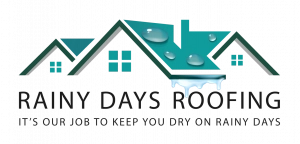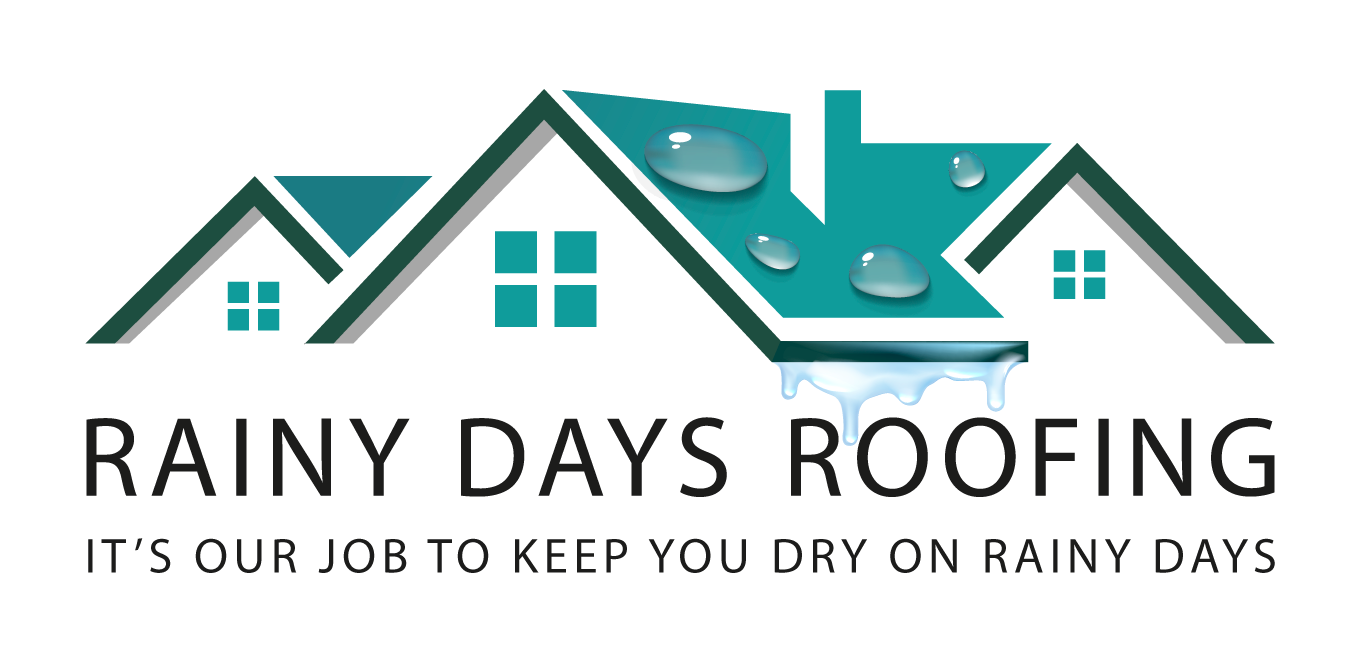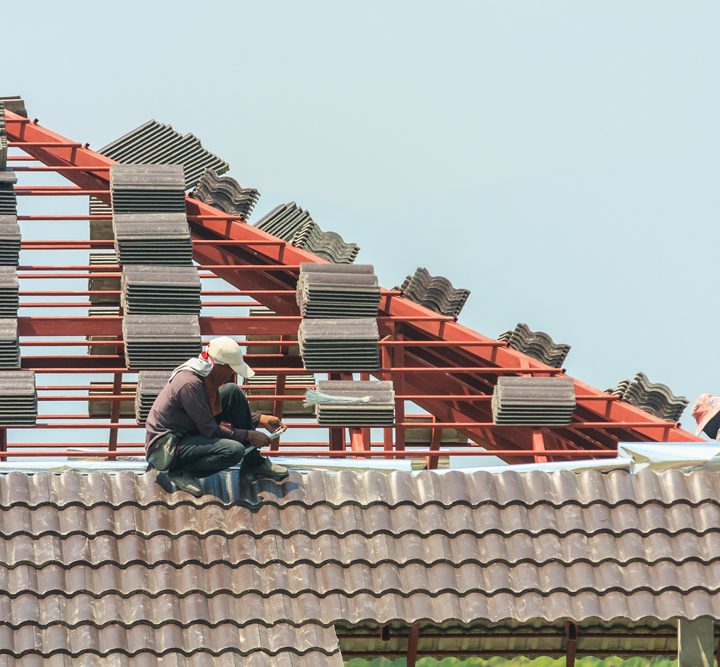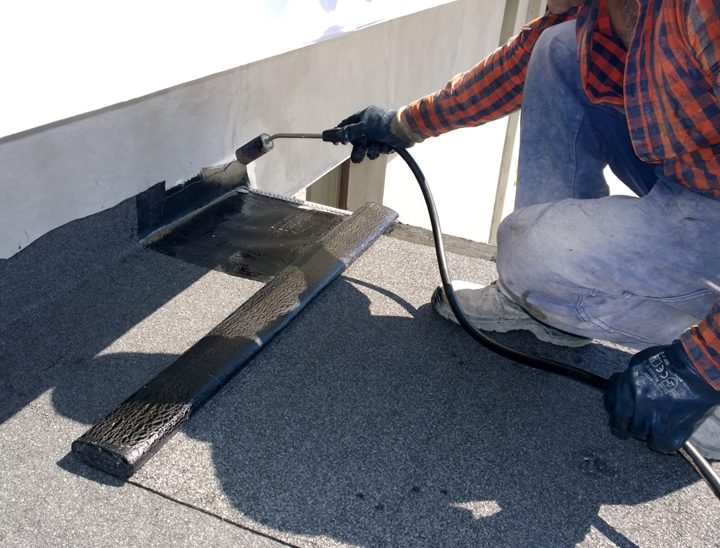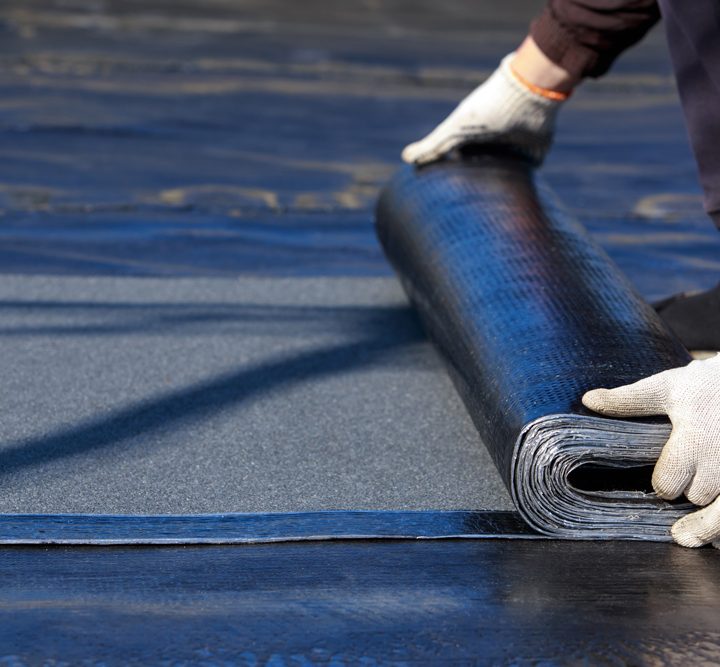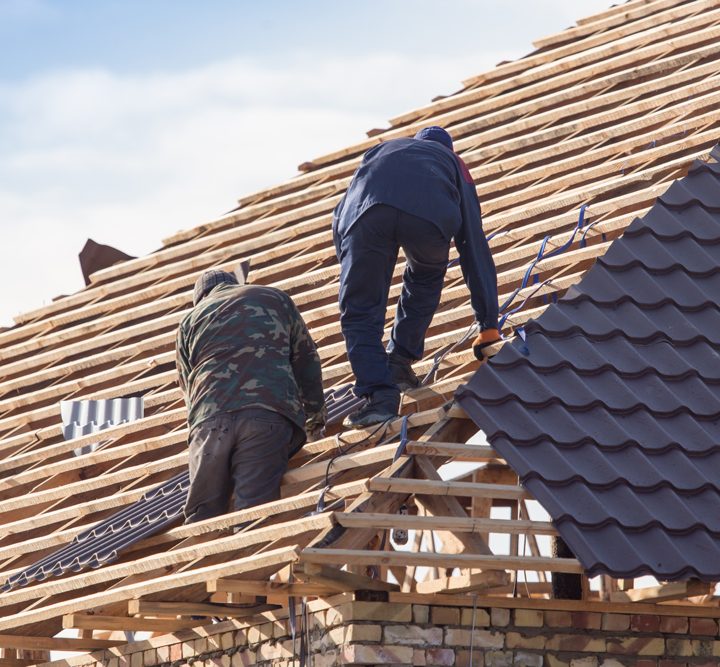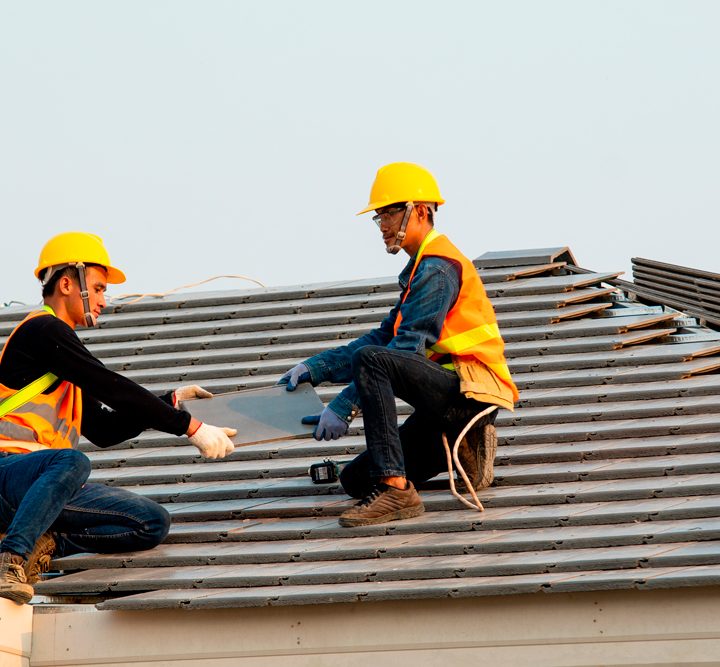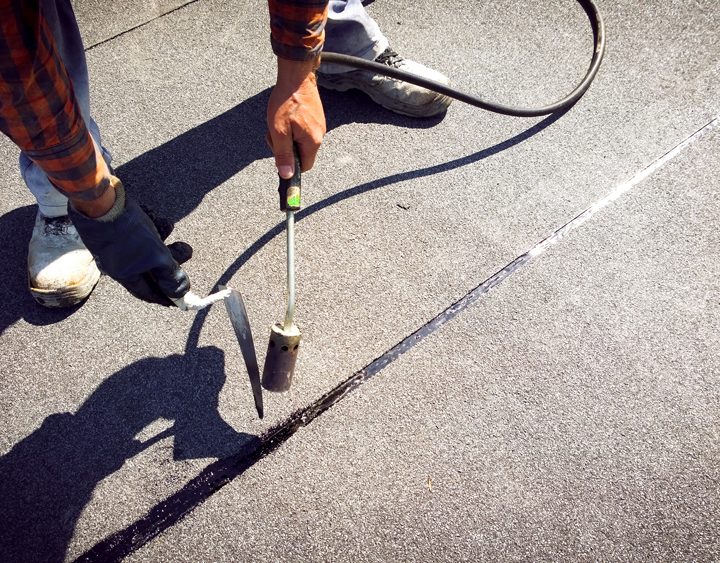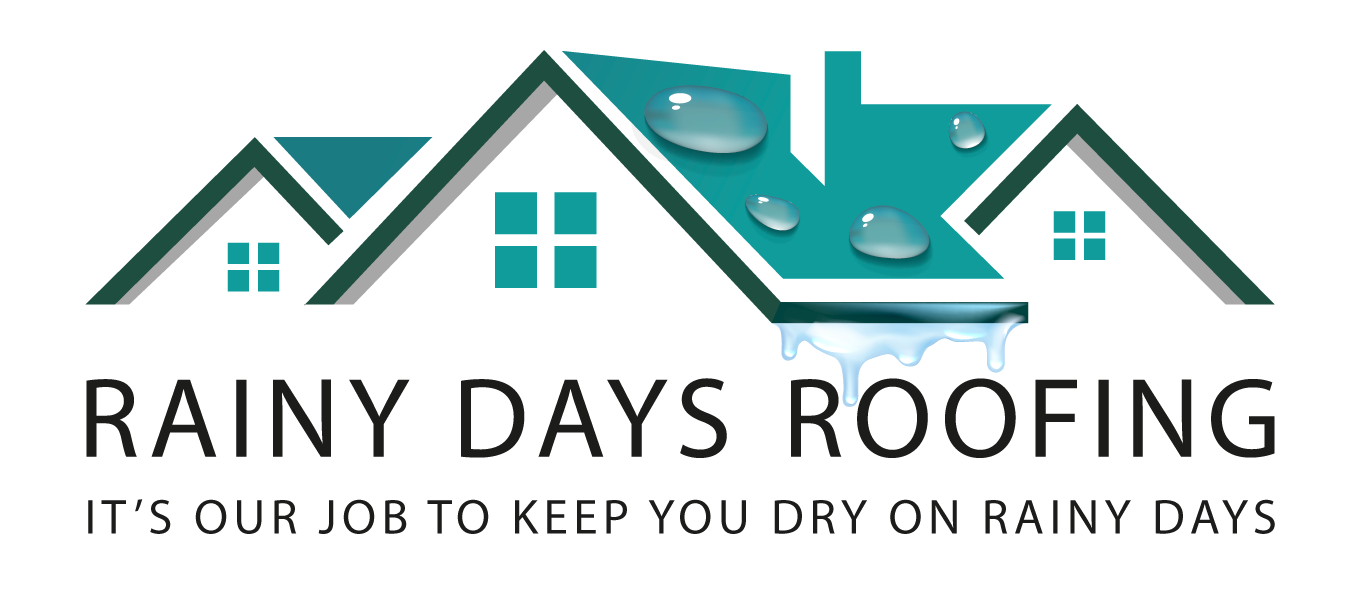Flat Roof Maintenance Tips Every London and Essex Homeowner Should Know
Flat roofs are a common feature in many London and Essex homes, particularly on extensions, garages, and outbuildings. However, without regular care, flat roofs are prone to issues such as water pooling, leaks, and membrane deterioration. To avoid costly repairs and extend the lifespan of your roof, it’s essential to follow proper flat roof maintenance practices. In this comprehensive guide, we’ll share expert tips to keep your flat roof in top condition, tailored to the unique challenges of the UK climate.
Why Flat Roof Maintenance Matters
Unlike pitched roofs, flat roofs have a minimal slope, making them more susceptible to water accumulation and damage. Regular maintenance ensures:
Prevention of leaks and structural damage.
Longevity of roofing materials.
Reduced energy costs through proper insulation.
Protection against the unpredictable weather of London and Essex.
The diverse weather conditions in the UK, ranging from heavy rains to unexpected heatwaves, pose unique challenges for flat roofs. The combination of rainwater pooling and UV exposure can accelerate wear and tear, making ongoing maintenance essential to protect your property.
1. Conduct Regular Inspections

Inspect your flat roof at least twice a year—ideally in spring and autumn—and after major storms. Look for:
Cracks or blisters in the membrane.
Standing water or puddles.
Signs of mould or algae.
Damage to flashing and joints.
Professional inspections ensure any minor issues are identified and repaired before they develop into costly problems. It’s especially important in areas like London and Essex, where older buildings may have legacy roofing systems requiring specialised care.
2. Clear Debris Frequently
Leaves, branches, and other debris can block drainage systems, leading to water pooling. Regularly clear your roof to keep drains and gutters functioning properly. Without proper cleaning, blockages can cause significant water build-up, which adds weight and strain to your roof structure.
Establishing a routine of checking your flat roof after windy days or during autumn leaf fall can prevent issues from escalating into expensive repairs.

3. Ensure Proper Drainage
Flat roofs rely on efficient drainage to prevent water damage. Check that gutters and downpipes are clear, and make sure the roof is graded correctly to guide water away. Inadequate drainage is one of the primary causes of flat roof failure.
Pooling water not only accelerates material deterioration but also creates opportunities for moss and algae to grow, leading to long-term damage. Regularly check that water is flowing away from the roof as intended.
4. Repair Small Issues Promptly

If you notice small cracks, blisters, or loose seams, address them immediately to prevent larger problems. Using professional-grade sealants or contacting a qualified roofer ensures that minor issues don’t evolve into full-blown leaks or structural weaknesses.
Delaying repairs can allow water ingress to damage insulation layers beneath the roof, increasing repair costs dramatically over time.
5. Apply Protective Coatings
Waterproof coatings can extend the life of your flat roof by adding an extra layer of protection against the elements. Schedule regular reapplications based on manufacturer guidelines and have professionals assess the coating’s effectiveness annually.
Protective coatings can also improve thermal efficiency, reflecting heat in summer and insulating during colder months, which reduces energy costs.

6. Watch for Moss and Algae Growth

Moss and algae thrive on flat roofs, particularly in shaded or damp areas. These organisms can damage roofing materials and impede drainage. Regular cleaning, particularly after the winter season, is essential to preserving the integrity of your roof.
Consider environmentally friendly moss treatments that prevent regrowth without harming surrounding gardens or wildlife.
7. Check Interior Signs of Damage
Inspect ceilings and upper walls for water stains, mould, or peeling paint—these can signal roof leaks even if exterior damage isn’t obvious. Persistent dampness can damage interior finishes and compromise your home’s structural components if left untreated.
Timely interior checks can often reveal subtle roofing problems before they are visible externally.
Why Hire Flat Roofing Experts in London and Essex?
Flat roof maintenance isn’t always a DIY job. Professional roofers can:
Conduct thorough inspections.
Perform high-quality repairs.
Apply advanced waterproofing systems.
Offer long-term maintenance plans.
By partnering with roofing experts who understand London and Essex architecture, you ensure your home receives the highest standard of care. At Rainy Days Roofing, our experienced team specialises in maintaining flat roofs across the region. We use durable materials and proven techniques to keep your roof performing at its best.
Conclusion
Flat roofs require attentive care to withstand the demands of the UK climate. By following these flat roof maintenance tips and working with professional roofing experts, you can prevent costly repairs and ensure your roof lasts for decades. Investing time in regular inspections, cleaning, and professional upkeep protects your home and adds value to your property.
Contact Rainy Days Roofing today to schedule your flat roof inspection and keep your home protected year-round.

Author
